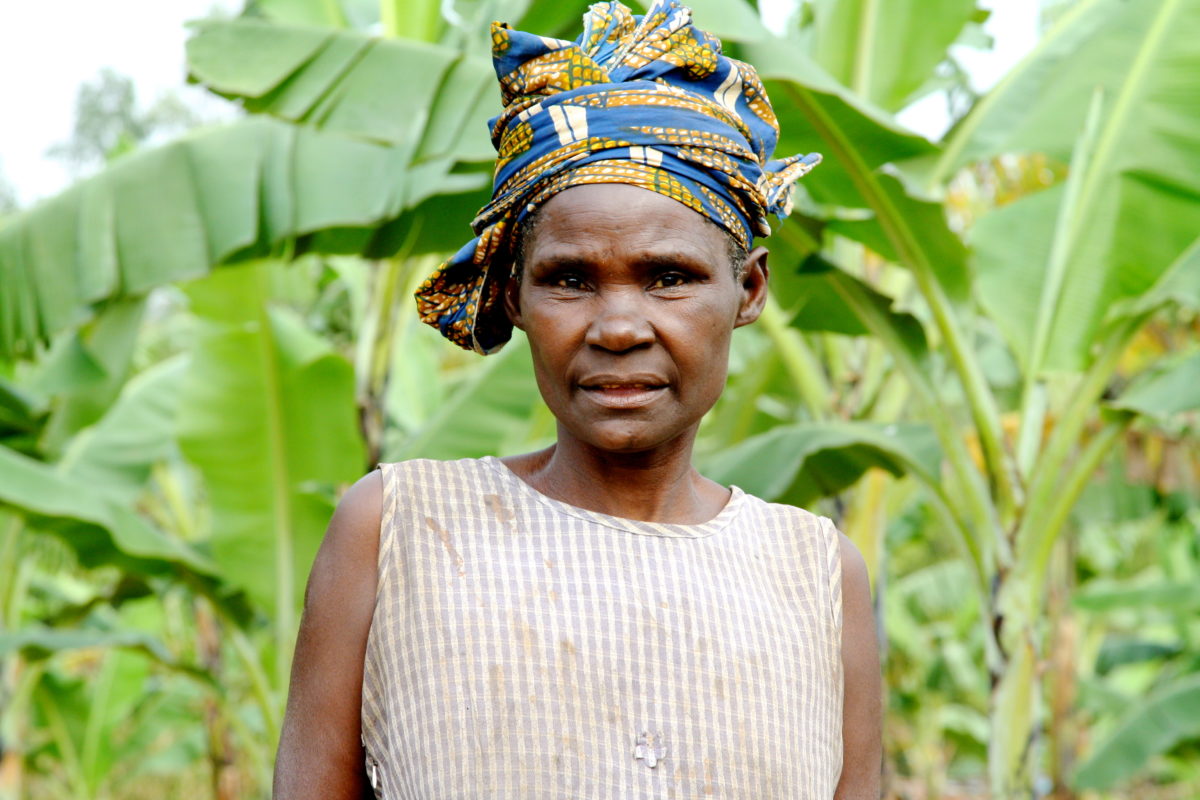
Today marks the release of a new mapping report by Global Greengrants Fund and Prospera International Network of Women’s Funds, titled Our Voices, Our Environment: The State of Funding for Women’s Environmental Action.
This report is the first-ever benchmarking of philanthropic funding in support of women and the environment, and includes 34 interviews with funders, local women leaders, and regional and international advocates, It offers insights about the funding landscape, highlights lessons learned and funding strategies from peer grantmakers already active at this nexus, and provides funding opportunities and guidance from women advocates.
Key findings from the report include:
- Most funders currently supporting women and the environment show limited engagement. In 2014, 269 funders provided 825 grants focused on women and the environment, totalling $110.2 million. However, less than one-third of these funders awarded more than one grant and only eight of these funders gave more than $1 million for work at this intersection. The median grant amount was just $7,000.
- Among the 12 environmental issues tracked, agriculture and food security received the highest amount of support. In 2014, agriculture and food security received $64.9 million from 33 funders, or 59 percent of all of the support to women and the environment. This funding supported a range of entities, from grassroots women-led groups to agricultural research centers to international organisations focused on ending hunger.
- Funders share common challenges when considering whether and how to fund women’s environmental action, including where limited resources can make the greatest impact.
- Women’s funds, environmental funds, and other local funds connect peers to grassroots groups focused on women and the environment. More than half of all grants awarded for women and the environment in 2014 were provided by international intermediary grantmakers and local funds. These organisations both receive funding from other donors and make grants to support community-led efforts. In addition, they serve as knowledge resources for other grantmakers.
For more information on the report, including how environmental funders can support women’s environmental leadership, visit the Environmental Funders Network.
